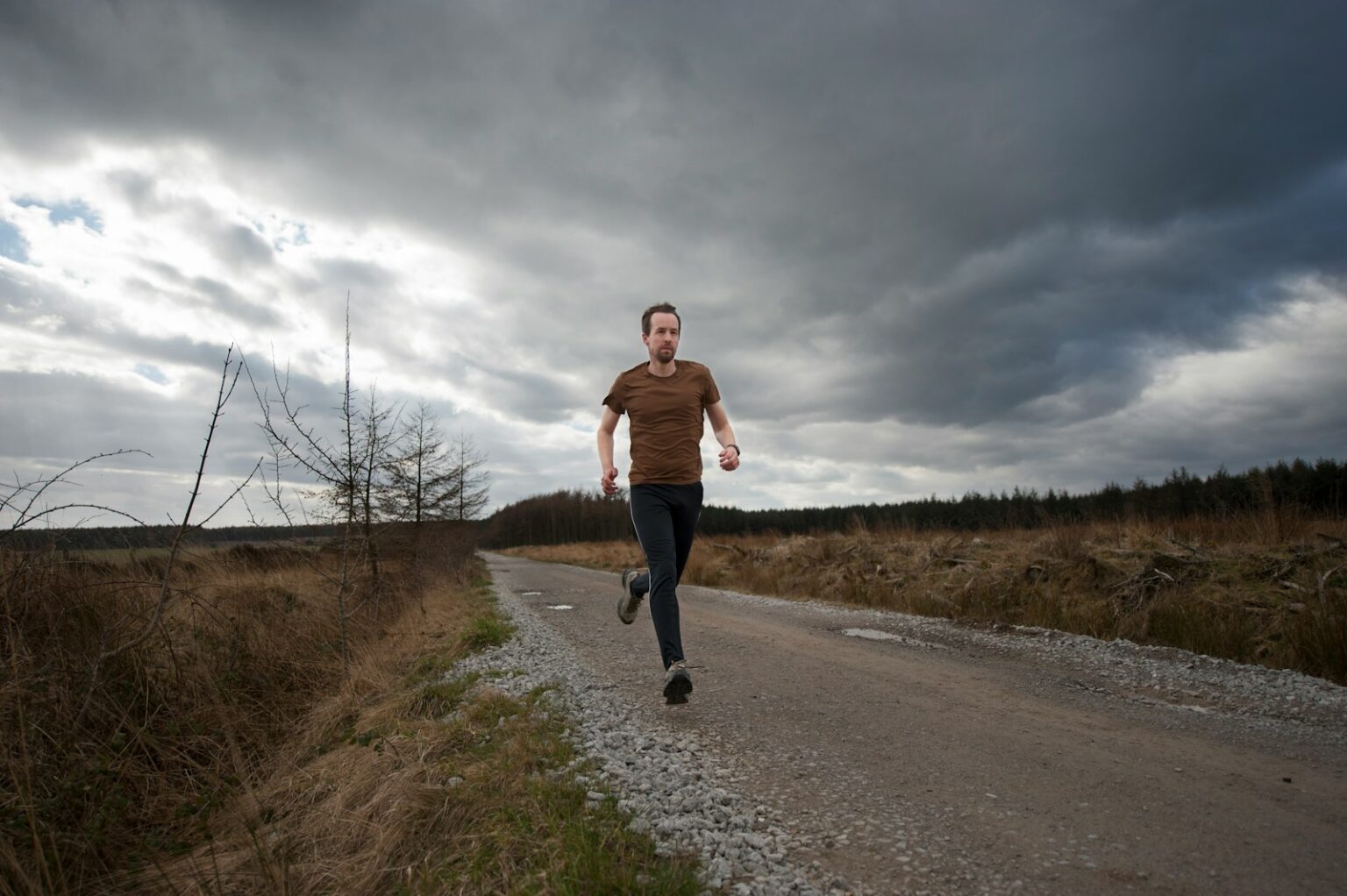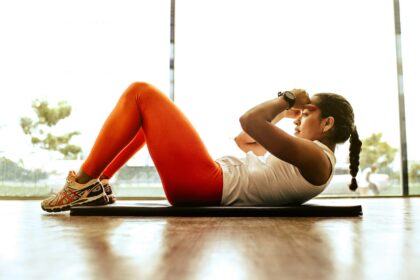A lot of these are preventable. This is the method.
- Runner’s knee:
One typical overuse injury is this one. There are various reasons why runner’s knee (also known as patellofemoral syndrome) occurs. It frequently occurs when the kneecap is misaligned.
Your kneecap’s cartilage may deteriorate over time. You might get kneecap pain after that, especially if you:
Climbing or descending stairs
Squatting
Sitting with the knee bent for a long time
- Stress fracture
This is a little break in the bone that hurts and is uncomfortable. Runners usually experience it in their feet and shins. It frequently happens when you use too much energy before your body adjusts to a new activity.
Pain worsens with movement and gets better when you rest. Rest is crucial because prolonged bone stress can exacerbate injuries already present and impede healing.
- Shin splint
This is a discomfort along the shin bone (tibia) that occurs in the front or inside of the lower leg. Shin splints, also known as medial tibial stress syndrome, or MTSS, are frequently experienced when an exercise regimen is altered too rapidly, such as by increasing the number of days or distance run. Although the pain is typically widely dispersed around the bone, it can be difficult to differentiate between them and a stress fracture of the shin. It’s also common to get an xray to find out which you have.
Shin splints are more common among people with flat feet.
Included in the treatment is:
a. Cut back on your mileage
b. Reduce your speed.
c. Stretching exercise- Achilles tendinopathy:
Previously known as tendinitis, this condition refers to long-term degenerative alterations in the Achilles tendon. That is the big tendon that joins the rear of the heel to the calf.
In the area of the tendon, Achilles tendinitis produces pain, burning, and stiffness, particularly in the morning and after physical exercise. It is typically brought on by the tendon being repeatedly stressed. It may result from increasing the distance you run on a regular basis. Moreover, tense calf muscles may be involved.
Treatment includes:
Rest
Icing the area
Calf stretches
- Muscle pull:
Also known as a muscle strain, this is a little rip in your muscle. Usually, overstretching a muscle is the cause. A popping sound could be heard when a muscle tears from pulling.
Rest, ice, compression, and elevation (RICE) are all part of the treatment.
These muscles are frequently impacted by muscular pull:
Hamstrings
Quadriceps
Calf
Groin
- Ankle sprain:
This is the result of the ligaments surrounding the ankle being unintentionally stretched or torn. It frequently occurs when the foot rolls or turns inward.
Usually, sprains improve with rest, compression, ice, and elevating the foot.
- Plantar fasciitis:
An inflammation affecting the fascia of the foot. That is the thick band of tissue that runs from the heel to the toes on the bottom of the foot. Severe heel pain is typically the initial symptom, especially during morning walking.
Plantar fasciitis is more common in those with a high arch and tight calf muscles. Plantar fasciitis may occur with increased exercise, but it can also occur for no apparent reason at all.
Treatment includes:
Calf stretches
Rest
Icing the bottom of the foot
Wearing good shoes at all times (even at home or on the beach)
- IT (iliotibial) band syndrome:
This condition results in pain radiating outward from the knee. A ligament called the IT band extends from the outside of the knee to the top of the hip along the outside of the thigh.
When this ligament tightens and presses against the knee bone, creating inflammation, it might result in IT band syndrome.
Treatment includes:
a. Reducing physical activity
b. Before working out, warm up and stretch
c. Icing the region following an event- Blisters:
These are sacks on the skin’s surface that are filled with fluid. Friction between your skin and your shoes or socks is what causes them.
To lessen the risk of blisters:
a. Gradually begin wearing new shoes.
b. Put on a double layer of socks.
c. Put petroleum jelly on blister-prone regions.- Injuries brought on by temperature include:
a. Sunburn b. Heat exhaustion c. Frostbite d. Hypothermia
You can prevent these by dressing appropriately, staying hydrated, and using sunscreen.
Ways to Avoid Injuries While Running
You can avoid a lot of common running injuries by being prepared and implementing certain safety measures. These are some pointers for avoiding accidents.
Pay attention to your body:
Don’t dismiss suffering. Some pain is normal. However, consult your healthcare professional if you experience persistent discomfort in a muscle or joint that does not improve with rest.
Make a running schedule:
Speak with a trainer before starting a running regimen. A trainer can assist you in developing a running schedule that complements your long-term objectives and level of fitness right now.
Warm up and stretch:
Not enough stretching leads to a lot of injuries. Stretch all of your muscles, notably your hamstrings, quadriceps, calf, and groyne, before and after a run.
Additionally, before you begin stretching, warm up for five minutes by doing something simple like walking. Injuries could result from stretching cold muscles.
Strength exercise:
Include ab workouts and weight training in your regimen. This improves core strength and muscle strength.
Cross-train:
Vary your exercise regimen. Don’t just sprint. Try riding a bike, playing tennis, swimming, or any other sport. This aids in preventing overuse injuries, which are more likely to happen when you repeatedly perform the same kind of exercise.
Dress appropriately:
Wear clothes that are breathable, light, and designed to wick away moisture from the skin while dressing appropriately. Put on layers of clothing. To further protect yourself from the sun and cold, put on a hat.
Be shoe smart:
Wear supportive shoes and socks that fit properly to look put together. Recall that the suggested lifespan of running shoes is a specific distance. You should obtain a new pair of running shoes if the soles are tilted or have worn thin. Use orthotic shoe inserts if you have foot issues, such as high arches or flat feet.
Run sensibly:
Until your body adjusts to the activity, stick to level, smooth terrain and stay away from high slopes.
Take precautions:
To be noticed, run during the day, in well-lit locations, or with a light. Carry identification and a cell phone with you. Make sure you can hear automobiles and other sounds while jogging by lowering the volume on your headphones. When you can, run with a companion.
Weather matters:
Before you go for a run, check the forecast. If it’s above 90 degrees Fahrenheit, below freezing, or very humid outside, avoid running outside.
Remain hydrated:
On the days you run, make sure you consume an additional 1 1/2 to 2 1/2 cups of water. Drink a sports drink to replace electrolytes lost via perspiration if you plan to run for longer than an hour.
Management of Typical Running Injuries
These treatment methods can help with the majority of running injuries. Consult your healthcare practitioner if your pain and suffering persist. You could require more sophisticated care to heal your running injury.
Rest:
Go slowly. Your injury can worsen if you run more. While you heal, consider exercising in different methods, like cycling or swimming.
Use ice packs to alleviate pain, edoema, and inflammation as part of an ice and cold therapy.
Compression:
To reduce swelling and stabilise the injured area, tape the afflicted area and use splints and supports.
Elevate:
To lessen swelling, elevate your foot or ankle if you’ve sprained it.
Stretch:
Gently stretch and massage the afflicted area to ease discomfort and tension in the affected area.
Painkillers:
As directed by your doctor, take over-the-counter painkillers like acetaminophen or anti-inflammatory drugs like ibuprofen and naproxen to reduce pain and inflammation.
Avoid attempting to endure discomfort. Take a break from running if you experience any discomfort. See your healthcare practitioner for assistance if the discomfort persists.










